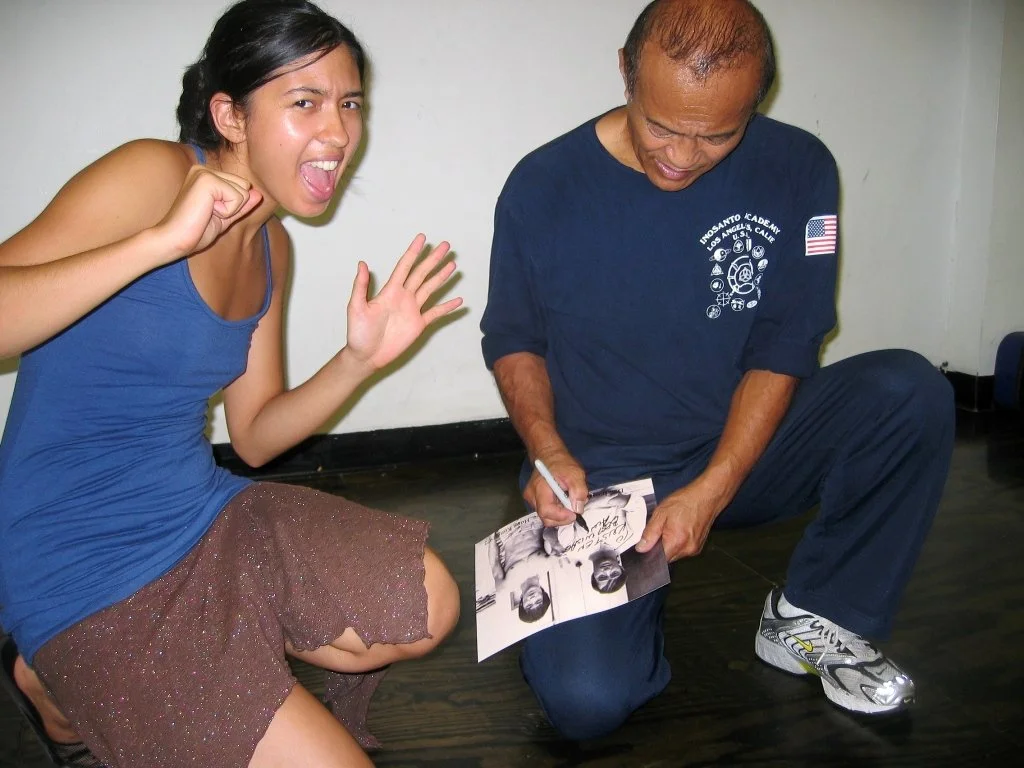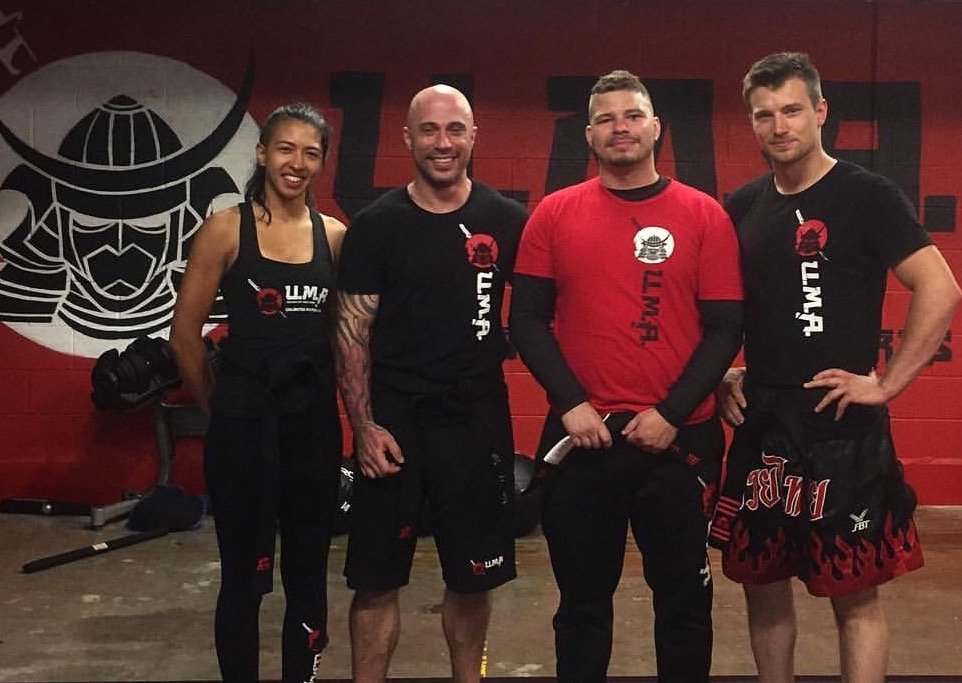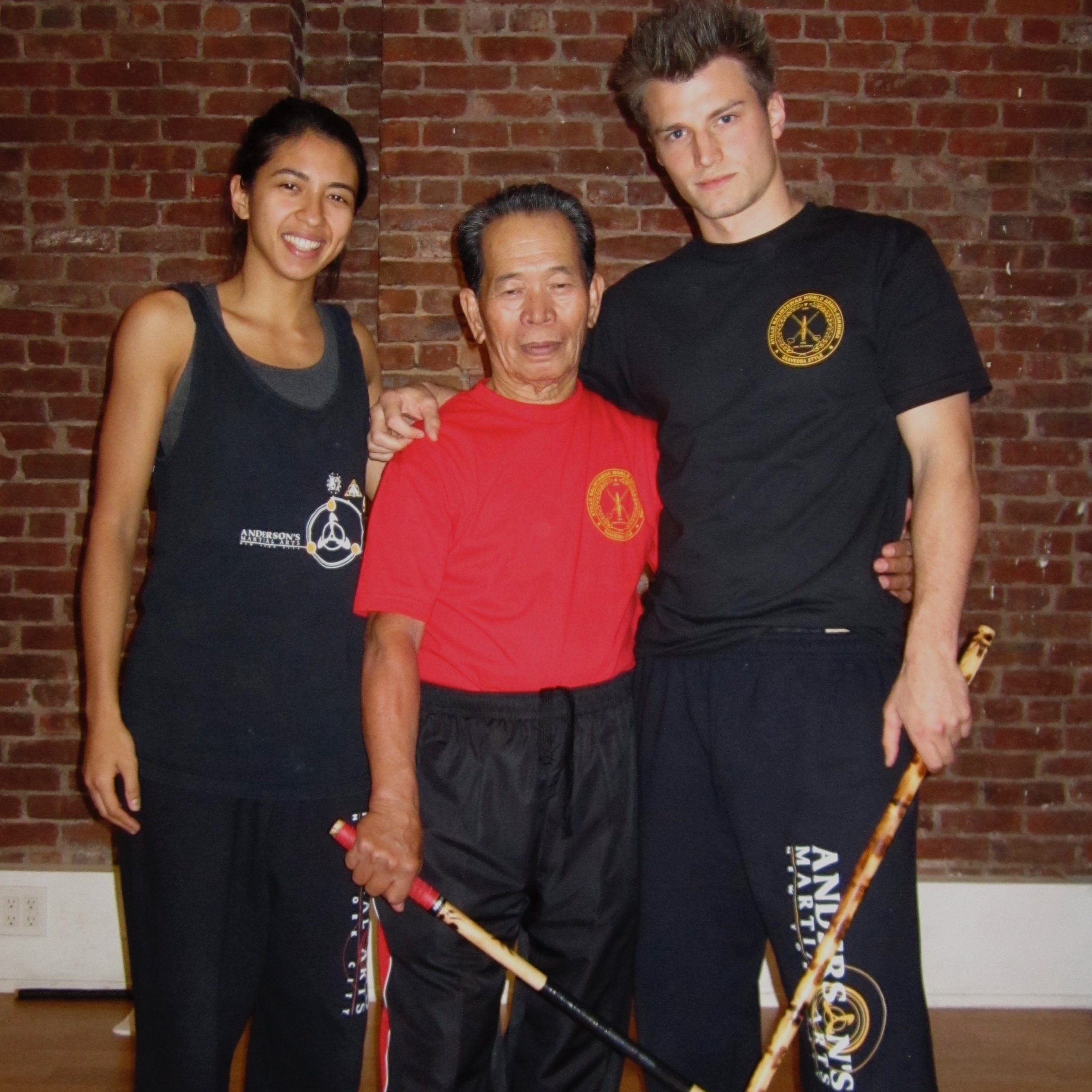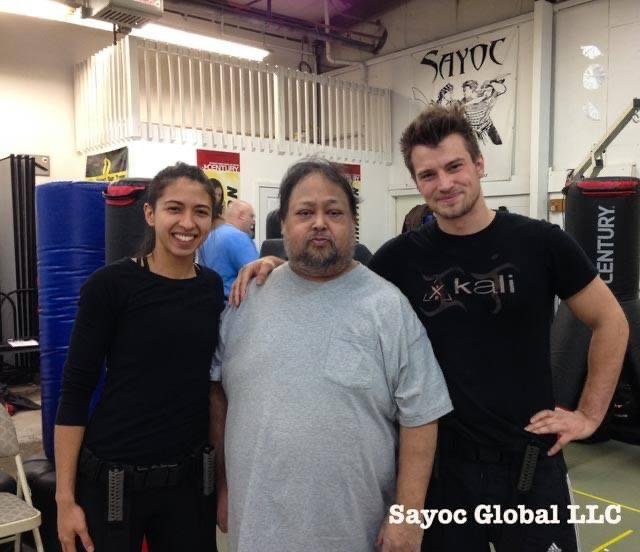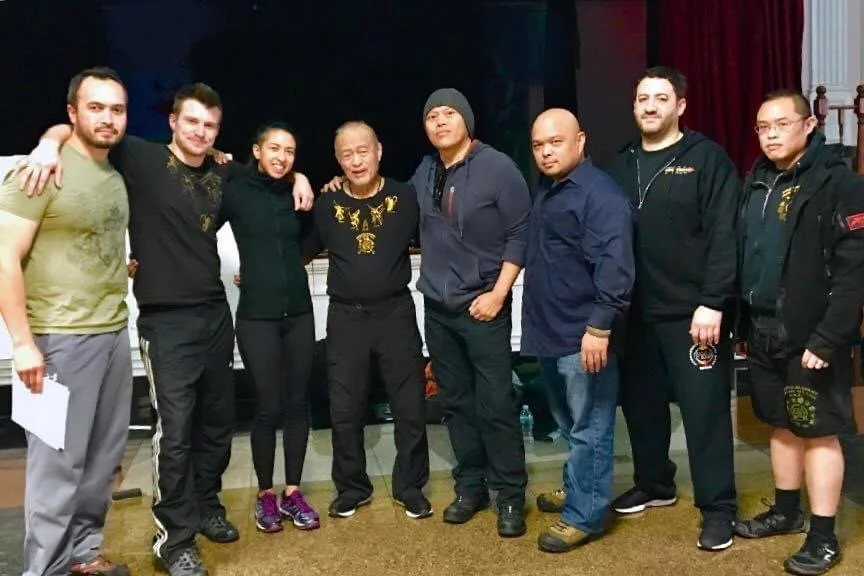Filipino Martial Arts
Filipino Martial Arts (FMA) is the most advanced practical weapon-based combat system in the world. Originating from the Philippines, FMA has as many styles as there are islands in the archipelago.
FMA generally refers to the multitude of fighting systems from the Philippines, but Arnis, Escrima, and Kali are the most popularly known.
The terms Arnis and Escrima both come from Spanish words. Arnis from arnes, or Spanish for armor. Escrima (also spelled Eskrima) from the Spanish word for fencing or esgrima. Kali, as taught by Guro Dan Inosanto, is the combination of the Cebuano words “kamot” (meaning hand) and “lihok” (meaning motion). However, there are many interpretations of where the term Kali has originated. Some claim Kali comes from “kalis”, which is a type of blade. Depending on the lineage or style that you train, you might hear stories passed down orally about the origin of the word.
FMA is based on hundreds of years of tribal warfare and resistance to colonial rule. It is an art that has been tried and tested over generations, and one that has adapted to shifting times and changing circumstances. While Kali is known for being a primarily blade-centric art, the concepts learned can be applied to any kind of weapon (stick, club, staff, empty-hand, etc).
In the Chrysalis Kali Collective, we train Inosanto Kali. Guro Dan Inosanto was influenced by over 30 different Filipino Martial Art instructors. He has spent his lifetime promoting the spread of FMA. Guro Dan Inosanto is also known as an authority in Jeet Kune Do and for his friendship with Bruce Lee.
It is with deep gratitude that I acknowledge and honor all the instructors with whom I have had the privilege to train with and learn from. I also want to acknowledge the ancestors who have passed down these arts, and those who were lost and their styles with them. Even if their unique stories and styles are gone, we still have and will always have intangible body-memory. This is the gift we inherit from our ancestors, just by virtue of being human. This is a felt-sense recording of history not found in books but in our bodies. We feel it in martial movements, and when we dance, sing, and make music. We feel it when we train Kali. It’s a felt-sense of our ancestors’ warrior/shaman spirits, their sufferings and their strengths. It’s a feeling that transcends time. It’s a knowing that not all was lost, was never lost, and in fact is still within us always. Guiding us to inner transformation to prepare for the changes our society needs now that we’re a global community. We are waking up to the realization that we are the warriors that our ancestors hoped for, prayed for, and dreamed of.
